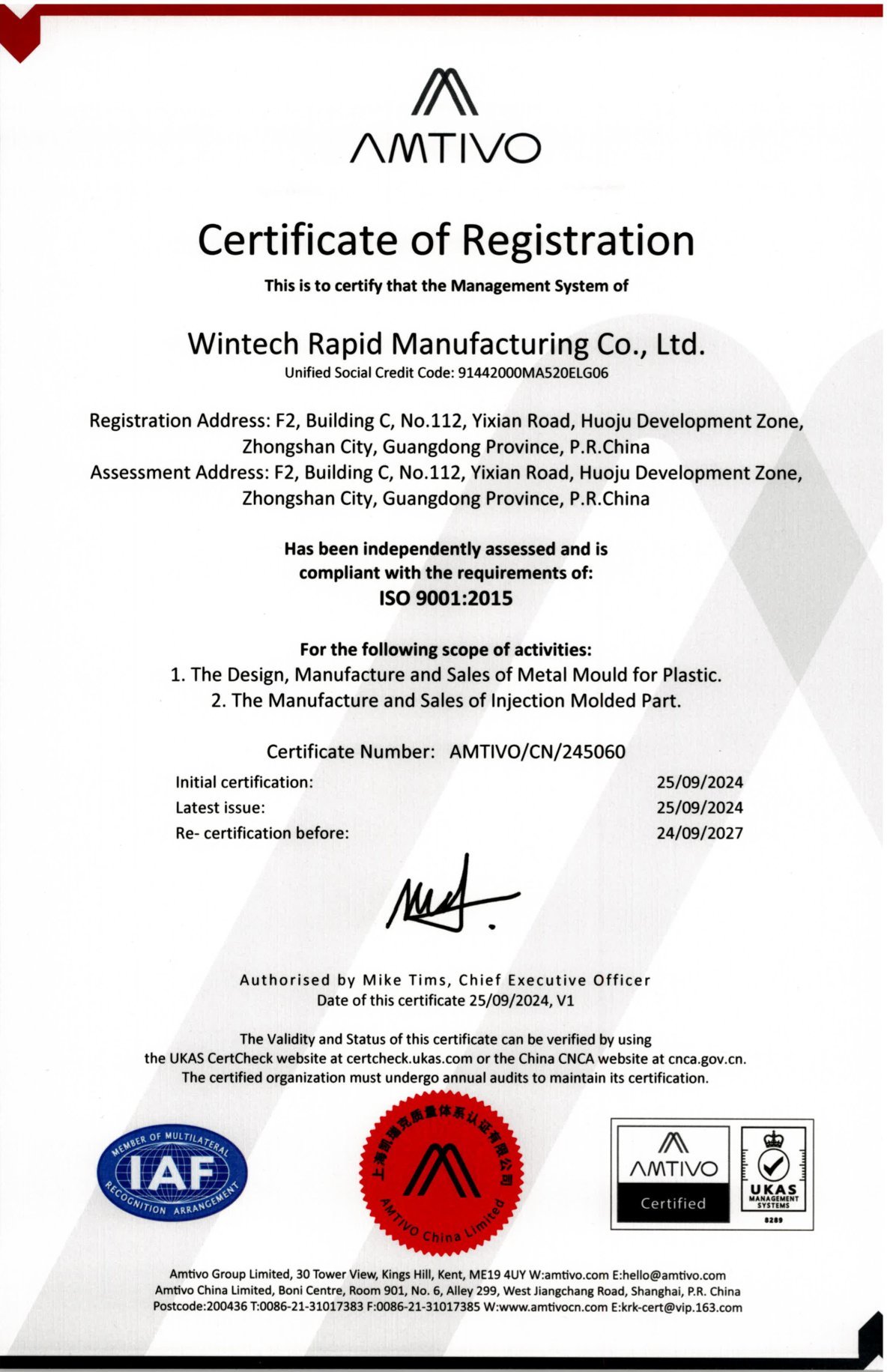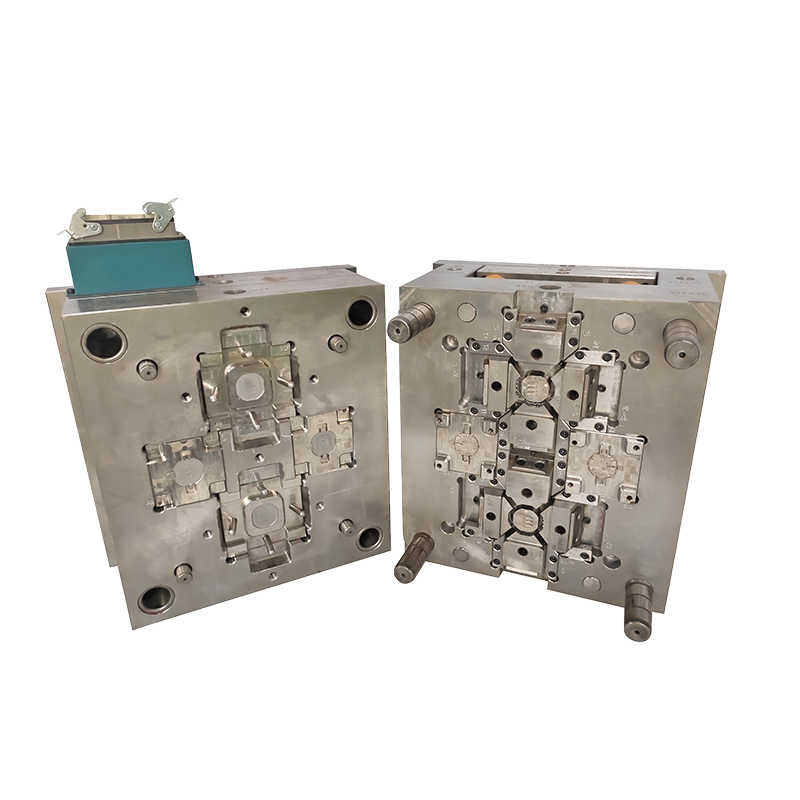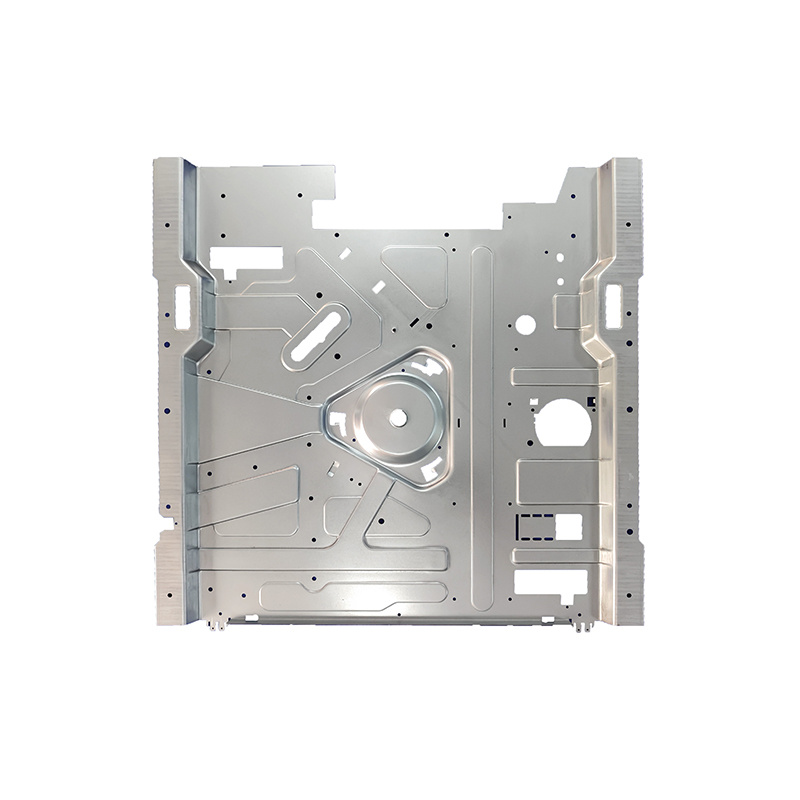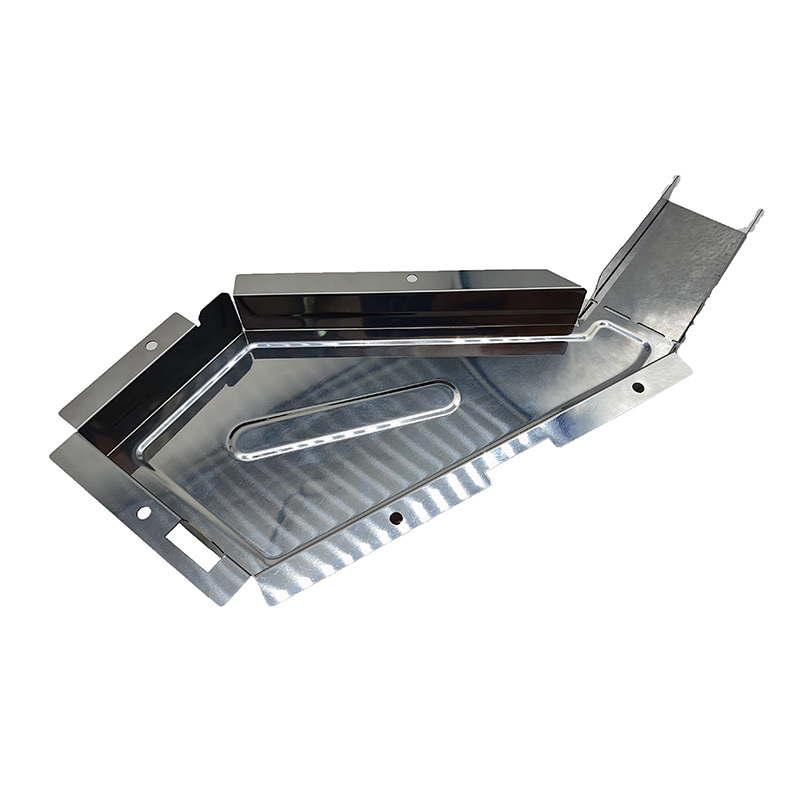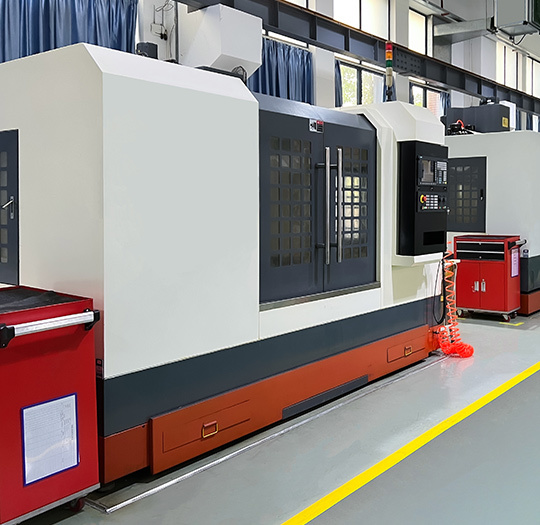Understanding Low Volume Plastic Parts: Key Insights for Manufacturers
Time:
2025-04-11 12:20
Source:
Low volume plastic parts refer to the production of small quantities of plastic components, typically ranging from a few dozen to several thousand pieces. This approach is particularly advantageous for companies that need specific parts for prototypes, small batch production runs, or custom applications. As manufacturers in the machinery and molding industry, understanding the dynamics of low volume production can greatly enhance your operational efficiency.
One of the primary advantages of producing low volume plastic parts is the reduced lead time. Traditional mass production methods often require extensive setup and tooling processes, which can be time-consuming and costly. In contrast, low volume production techniques such as injection molding and 3D printing facilitate quicker turnaround times, allowing manufacturers to respond swiftly to market demands or client requests.
Another critical aspect is the flexibility that low volume production offers. Manufacturers can experiment with different designs and materials without the financial burden of large-scale production runs. This flexibility enables companies to innovate and refine their products based on customer feedback, ultimately leading to better quality and customer satisfaction.
When it comes to the manufacturing processes for low volume plastic parts, several methods can be employed. Injection molding remains a popular choice due to its ability to produce components with high precision and repeatability. For smaller batches or more intricate designs, additive manufacturing techniques like 3D printing are increasingly used. This method allows for complex geometries that might be difficult to achieve with traditional molding processes.
Material selection is also crucial in the production of low volume plastic parts. Manufacturers can choose from a wide range of thermoplastics and thermosetting plastics, depending on the desired properties such as strength, flexibility, and temperature resistance. Understanding the specific requirements of the application will guide manufacturers in making the best material choices.
In conclusion, low volume plastic parts play a vital role in modern manufacturing processes. By focusing on speed, flexibility, and material selection, manufacturers can create high-quality components tailored to specific needs. Embracing low volume production not only helps mitigate costs but also fosters innovation, allowing businesses to stay competitive in a rapidly evolving market. As you explore options for low volume plastic parts, consider how these insights can help optimize your production strategy and meet your clients' unique requirements.
One of the primary advantages of producing low volume plastic parts is the reduced lead time. Traditional mass production methods often require extensive setup and tooling processes, which can be time-consuming and costly. In contrast, low volume production techniques such as injection molding and 3D printing facilitate quicker turnaround times, allowing manufacturers to respond swiftly to market demands or client requests.
Another critical aspect is the flexibility that low volume production offers. Manufacturers can experiment with different designs and materials without the financial burden of large-scale production runs. This flexibility enables companies to innovate and refine their products based on customer feedback, ultimately leading to better quality and customer satisfaction.
When it comes to the manufacturing processes for low volume plastic parts, several methods can be employed. Injection molding remains a popular choice due to its ability to produce components with high precision and repeatability. For smaller batches or more intricate designs, additive manufacturing techniques like 3D printing are increasingly used. This method allows for complex geometries that might be difficult to achieve with traditional molding processes.
Material selection is also crucial in the production of low volume plastic parts. Manufacturers can choose from a wide range of thermoplastics and thermosetting plastics, depending on the desired properties such as strength, flexibility, and temperature resistance. Understanding the specific requirements of the application will guide manufacturers in making the best material choices.
In conclusion, low volume plastic parts play a vital role in modern manufacturing processes. By focusing on speed, flexibility, and material selection, manufacturers can create high-quality components tailored to specific needs. Embracing low volume production not only helps mitigate costs but also fosters innovation, allowing businesses to stay competitive in a rapidly evolving market. As you explore options for low volume plastic parts, consider how these insights can help optimize your production strategy and meet your clients' unique requirements.
low volume plastic parts
Related news
2024-11-15



